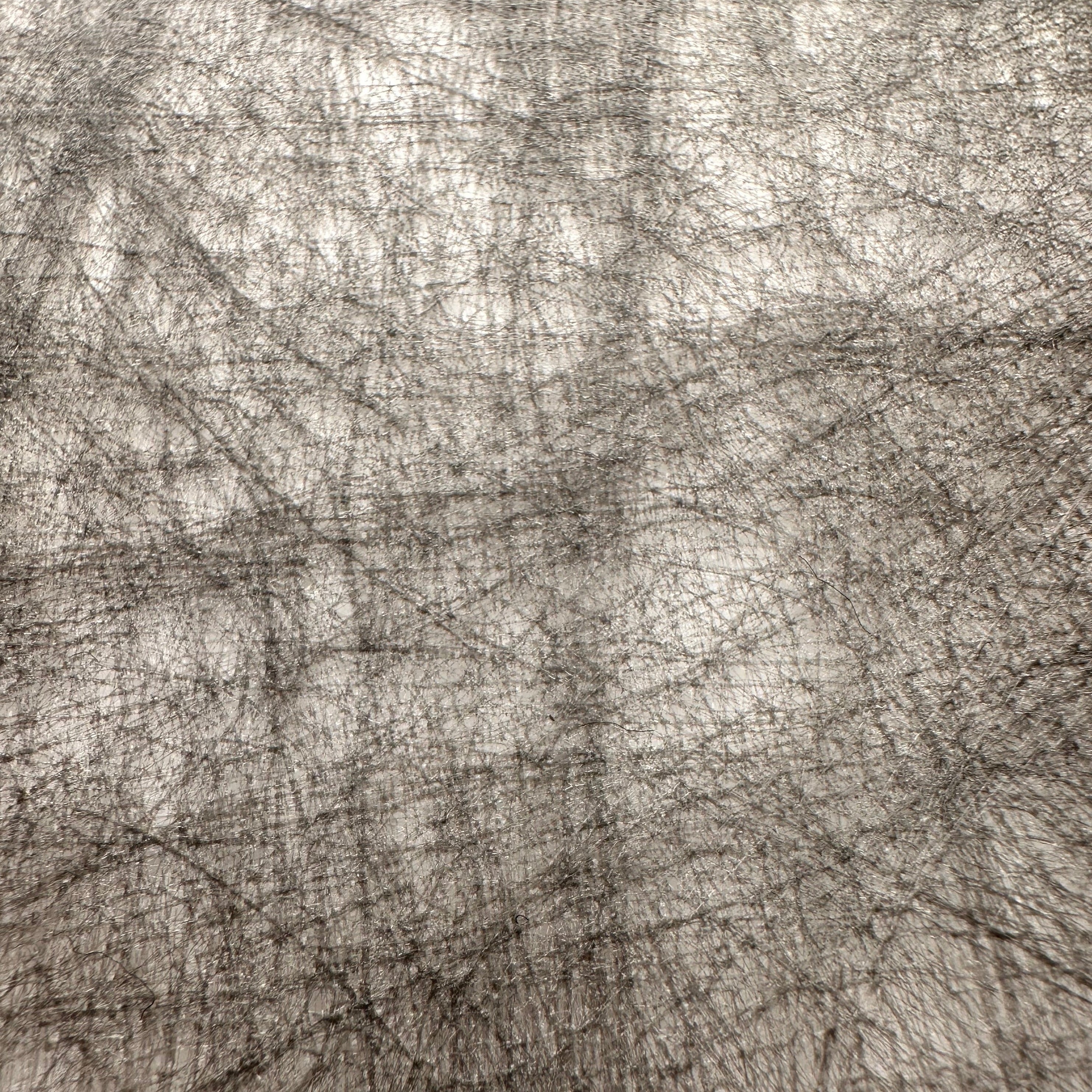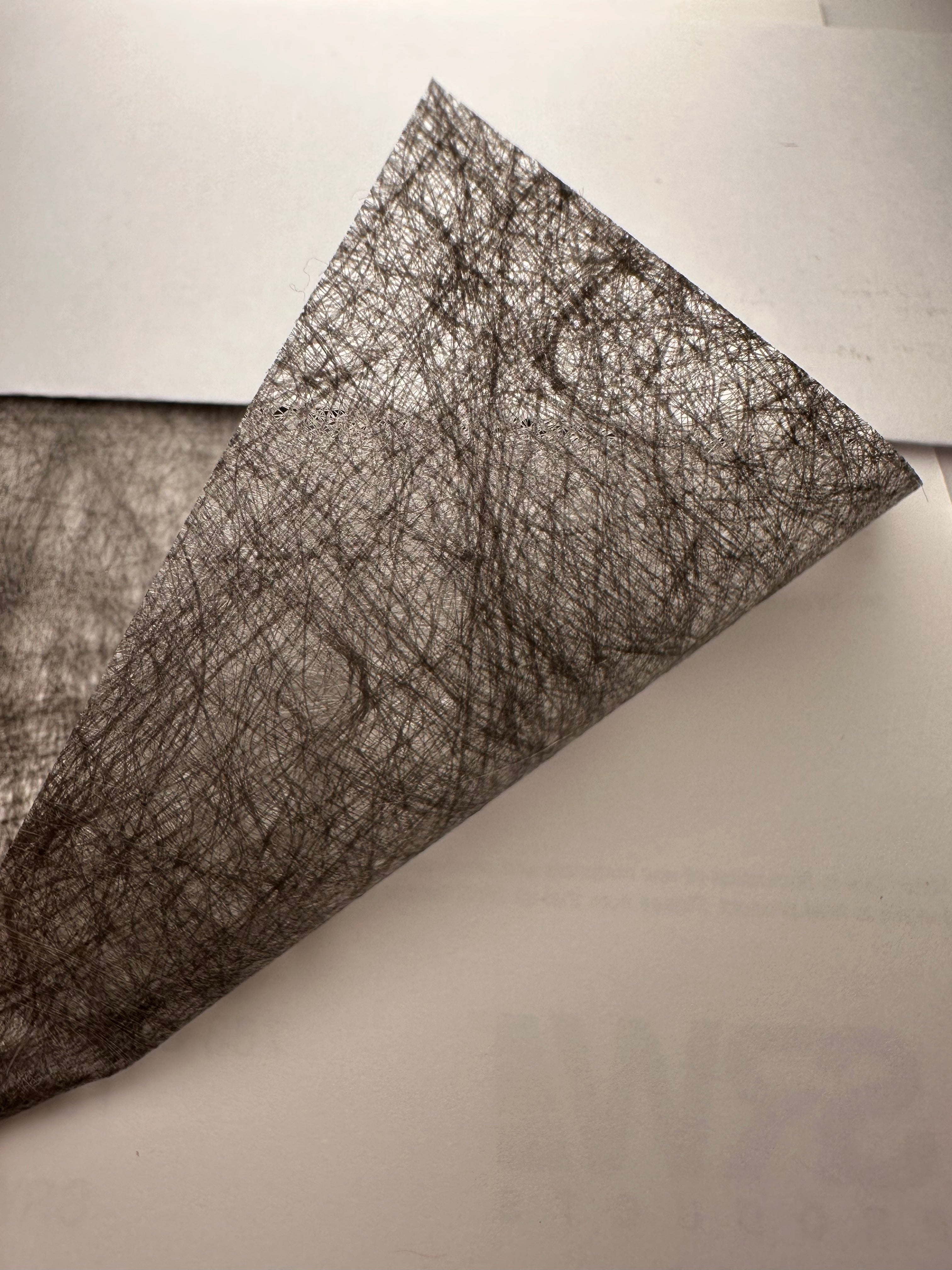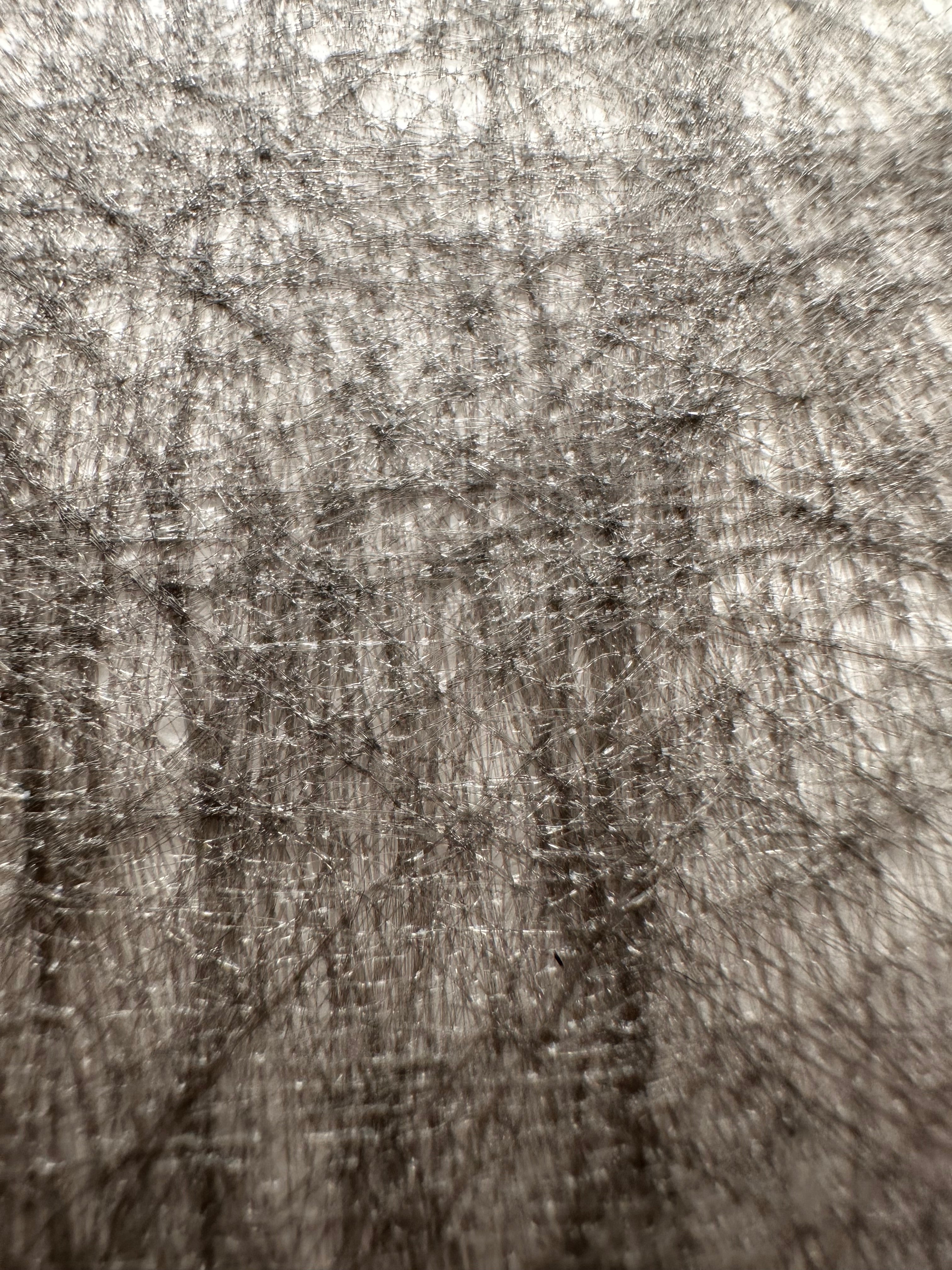Description
In order to be effective, septic filter fabric must be both strong and very permeable while providing a high level of puncture resistance. Our septic filter fabric accomplishes all three and is an excellent choice for permanent septic system installations. The non-woven thermal-bonded geotextile is made of 100% polyester and contains no fillers or substitution composites. The filter fabric provides a 2 oz / sq. yd. weight and a puncture resistance of 28 lbs. which provides an elevated level of durability during and after installation. This fabric ships from four regional warehouses and is available in a variety of different roll sizes.
Fabric at a Glance
Permeable
Strong
Rot Resistant
Mildew Resistant
Rodent Resistant
Insect Resistant
Heavy-Duty
Septic Filter Fabric
Estimated Material Lifespan:
10 years +
Fabric Texture:
Bonded fibers, not fuzzy semi-rough surface
Fabric Weight: 2.0 oz / sq. yd.
Download Product Specification SheetRequest Formal QuoteCG
Commercial Grade
Each of our fabrics is commercial-grade and designed for years of continuous in-ground use. This fabric is ideal for permanent installations where long term durability is required.
Volume Pricing
Fabric Pros can provide volume pricing for larger orders totaling more than $5,000. Please fill out the quote request form at the link below and we will provide you with a written quote within two business days.
Request Volume QuoteQuestions?
Do you have product related or purchasing questions? We are happy to help, just give us a call:
(800) 214-5028
Commercial Grade Septic Filter Fabric
For customers looking for the best septic filter fabric available, this fabric has been recommended to thousands of customers on both residential and commercial installations for years. This fabric is for the customer who wants the best, not the cheapest.

Tip: Look for Detailed Specs
Large online shopping websites are flooded with fabrics claiming to be the "highest quality". Always look for detailed specs with testing results. If you don't see a spec sheet download don't believe the claim.

Why Spend More with Fabric Pros?
You’ve probably seen “high-quality septic filter fabric” on various big box retailers websites. Usually priced really cheap. Why spend more with us? Think of the project as a whole. What is the most expensive aspect of your project? Typically it’s the labor, followed by hardscape material, plantings and ground cover. On many projects the fabric cost is less than 1% of the total cost of the project. What is one of the first materials that is installed? Typically any sub grade than the fabric. If you put down the wrong fabric and there is an issue, in many situations the entire project has to be redone costing the owner thousands of dollars and a re-installation of everything above the fabric. Case in Point: buy fabric that has been time tested, widely used by professionals and is ASTM tested. You’ll pay more but at least you’ll know what you are getting. Fabric that is directly imported from overseas and posted to a “large online retailer” with countless “5 star reviews” should be approached with a great deal of caution.
Clear Direction on the Right Fabric to Use
From thousands of customers over 20 years we know what the most appropriate fabric is for the given application and we make it simple. We don’t throw 50 options at you to decipher. We present the most commonly used fabric by the professionals for the application.
Tested, Commercial-Grade Fabrics
Testing data helps you as the customer know what you are buying. More often than not, stores selling economy-grade fabric do not provide specification information with ASTM testing data. This is intentional.
We Ship Fast
When you place your order with us we make every effort to process your order right away. If your order is placed in the morning there is a strong chance that we can get it picked up same day by the shipping company.
We Pick Up Our Phone
Have you ever ordered a product online and for some reason needed to call the company? After spending 20 minutes searching for the phone number you finally call and get an annoying menu and eventually a person who doesn't seem to really care?
Not with Fabric Pros. We hate menus so we don't have one. When you call you get a person who is willing and actually able to help every time.
What Else Makes our Septic Filter Fabric Different?

Our Septic Filter Fabric is 100% Polyester
Our septic fabric is composed of 100% polyester. No fillers and no economy-grade substitutions. Polyester is the ideal material for an erosion control layer as it is both strong and very permeable. When economy materials are used in conjunction with polyester, strength and permeability ultimately suffers, leading to possible fabric failure and ultimately drainage issues. For permanent, long-term septic installations look for fabrics that are explicitly labeled as “100% polyester”.

Our Septic Filter Fabric is Thermal Bonded in a Random Pattern
High quality septic fabrics rely on the process of bonding filament fibers in a random pattern to produce the high strength and highly permeable material which is ideal for this particular application. The random nature of the tiny polyester strands provide heightened strength and more efficient permeability when compared to non-randomized non-woven fabrics.
How Long Will Shipping Take?
Our fabrics ship from four different distribution warehouses located in the west coast, south, midwest and north east areas of the United States. Most of our fabrics are stocked at all four locations and will ship from the location nearest to you to minimize transit time.
Our "Approximate" Transit Map
If everyone has learned one thing in the last few years it's that delivery dates aren't exact.
Most orders require 1 business day to ship. The shipping map to the right is "approximate" and does not take into account order processing time. (typically one business day or less) Sometimes a fabric will be out of stock at the specific warehouse closest to you and will have to ship from a further warehouse. This can impact the transit time. It is always a good idea to order your fabric a full week before you actually plan in installing. It will most likely show up days sooner but it's always better to be safe than sorry.

A Fabric for Nearly Every Application
Looking to do something different? View our selection of fabrics below for nearly every application.
Is Your Project a Bit "Outside of the Box?"
Don't worry, we probably have a fabric that will work great for whatever you are trying to do too! Feel free to give us a call at (800) 214-5028. We're happy to provide some guidance on the fabrics that you may want to consider for your project.
Septic Field Do’s and Don’ts
The biggest reason for a septic system and a septic field is to remove waste from your home and the surrounding area, prevent erosion, and ensure proper water evaporation enters the atmosphere. There are things you can and cannot put on your septic system's field and why. Some are good ideas while others are really bad! In this article, we will go over some of the structures and items people want to place on top of the septic field and why some are workable while others should never be considered.
How The Septic System Works
The septic system breaks down organic waste from the home and separates the waste into liquids and solids. When the solid sludge forms in the bottom of the tank, it must be pumped out at set intervals. The wastewater can be treated and reused for irrigation or just released into the septic field. The septic field is made up of perforated piping set in a gravel trench, then buried approximately 1 to 2 feet underground.
In many cases, the septic field is not utilized to prevent damage to the system. That said, there are items and small structure you can and cannot put on top of the field without causing serious damage to the field or interfering with the operation of the septic system.

Backyard with Septic System
To Benefit The System, Plant Vegetation
Actually, it's a good idea to add vegetation to the septic field to help in the process of evapotranspiration. This is when water is moving from the surface into the atmosphere. It moves water evaporation and water to the air from the soil, a body of water, or from canopies. Transpiration is the movement of water from the soil through the roots and bodies of vegetation, onto leaves, then into the air. The process reduces the harmful effects of erosion which can place the field in harm's way. Some plants that are beneficial to the septic system include wild violets, azalea, holly shrubs, boxwood, and hollyhocks.
There are some trees with shallow roots such as dogwood or cherry trees that can be placed 10 to 20 feet from the septic system but it's strongly recommended to install a root barrier to protect both the system and the trees.
Vegetation You Should Not Plant
You can run into trouble if you plant the wrong vegetation on the septic field including Japanese willow shrubs, aspen and birch trees, edible vegetable plants, blue mist spirea, and pussy willow shrubs. It's a bad idea to plant a vegetable garden because you are taking the chance of harmful bacteria absorbing through the roots and contaminating the food. Another bad idea is a raised garden because the weight of the soil and structure of the beds will crush the septic pipes.
There are trees, flowers, and shrubs with expansive root systems that can obstruct the functions of the septic system, wrap around the septic field pipes, and flood. Enormous tree roots can break through very solid surfaces such as rock, a home's foundation, and pavement. These roots can easily crush septic system pipes.
Install An Open-Air Kennel
Unfortunately, too many structures place too much weight on top of the septic field making it a bad idea. That said, if you have a dog and want a place where he can play and be safe, an open-air kennel over the top of the grass might do the trick Keep in mind, the kennel cannot have a roof or flooring that would sit over the grass as it would interfere with the process of evapotranspiration.
The best design for an open-air kennel would be a fenced-in area where your dog can run. Anything else would put the septic field in jeopardy and prevent access when maintenance is due.
You have to show caution by making sure you install the kennel posts away from the septic field to prevent the pipes from breaking while digging the post hole.
Stay Away From Installing Structures
Large structures should not be placed on top of a septic field. There are people who will try to find a way around it with floating decks, small sheds, or even a gazebo to block out the sun but they will only create issues for the septic system.
Decks are way too heavy to be installed over a septic field, they will block off access to the system and prevent the growth of grass and other vegetation that are beneficial for reducing harmful problems from erosion.
Other structures such as garages, workshops, or sheds have the same issues, they are too heavy for the septic field and like other sizable structures will block off essential sun and can add to erosion. This is why an open-air kennel cannot have a roof. The best policy, stay away from structures over a septic field to prevent other problems.

Septic Tank Lid
A Lightweight Swing Set
To some people, this wide open space seems like a waste but it's ideal for kids and pets without any problems attached. A lightweight swing set is perfect for kids under the age of 10. Therefore, the swing set makes a good choice for kids having fun outdoors. Just make sure it does not have a wide roof area that will block off the sun and harm vegetation.
Install Semi-Permanent Playground Equipment
These open spaces from septic fields can be very enticing to kids making them a potentially great idea for playground equipment. But if the equipment is too big, the weight factor can lead to issues. Equipment that is too heavy will bend or break the pipes that sit only a few feet below the surface.
Located in a playground, this equipment requires a plastic sheet to prevent flooding and erosion but when a barrier is used over a septic field, it will block the evapotranspiration process leading to both erosion and flooding in the septic field.
Sand and gravel used on the playground will prevent the proper functioning of the septic field so even a simple sandbox can be harmful to the system.
A Volleyball Or Badminton Court
While a regulation volleyball court is out of the question, it is possible to have a pair of posts to hold a volleyball or badminton net in place without interfering with the septic system. The grass should be unspoiled and uncovered to allow the vegetation to help out the septic field but adding a chalk border or using a rope for a temporary border around the area, a simple court can be set up without damaging the septic system.
Note – the court should not hold more than 4 people at one time. A standard full-sized volleyball court that holds 12 people is out of the question due to the weight that would be placed on the pipes.
Installing Tennis Or Basketball Courts
A tennis or basketball court is a completely wrong thought as both need an asphalt surface for playing. Pouring asphalt over a septic field for any reason such as for a new patio, for parking, or to create a tennis or basketball court is not going to work out. Adding a concrete surface will stop the process of evapotranspiration while adding a significant amount of weight that could cause the pipes to completely collapse.

Installation of Septic Tanks
Can You Install A Fence?
Installing a fence is not as easy as you might think if you are dealing with a septic system. You have to make sure the post holes can be dug and the posts installed without harming the septic field pipes.
A precise blueprint showing where the pipes are located can make it possible to install a fence around the septic field or even through it.
You will have to take some time to plan the exact position of the fence posts and proceed cautiously while digging the holes for the supports.
With good placement, the posts will support the weight of the fence so stress will not be placed on the septic system. Also, you must make sure there will always be access to the system for maintenance when required.
Can You Install A Water Feature Or A Pool?
Even though pools are considered a great addition to your property, they should always be far away from septic fields. You would be running the risk of the water turning into wastewater runoff and reducing the effectiveness of the system by creating issues around your home while collecting contaminants such as E. coli. On top of that, the weight of a pool would be far too much for the system.
In-ground pools should never be considered and are out of the question. In-ground pools have to be dug out and installed in the ground where the septic pipes are located but even above-ground pools will lead to many issues. The pool will block oxygen from the septic pipes preventing evapotranspiration and the weight of the pool will crush the pipes and completely back up the entire septic system.
In Conclusion
Septic fields can increase many people's imagination for adding structures to it because of the open space but you must use common sense and understand the workings of the septic field before going overboard. The fact is, septic systems are intended to break down organic waste from your home, separate liquid from solids, and pump out sludge from the bottom at set times. Take good care of the septic system, respect the septic field, and all the inner components for the sake of your family's health and the health of the planet.



